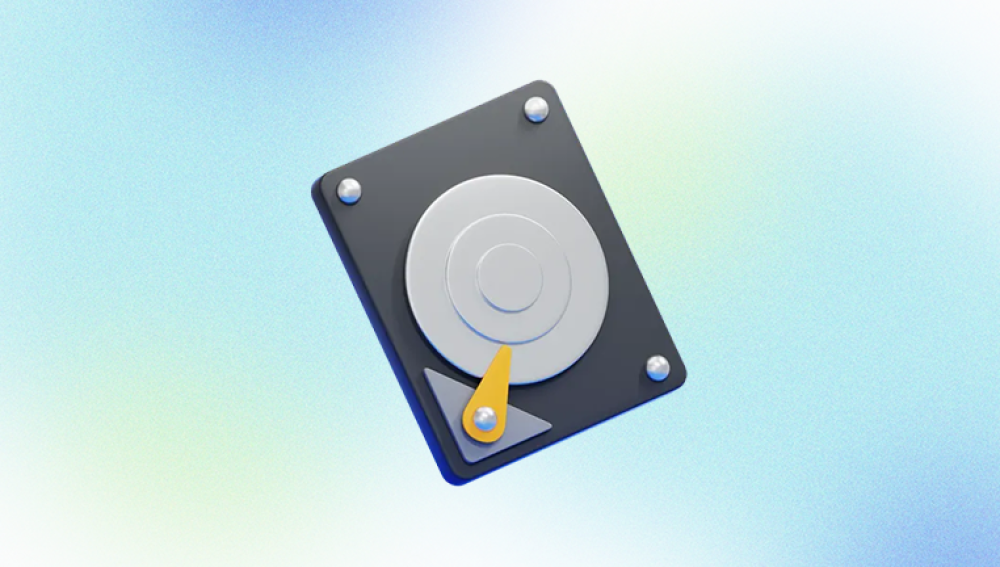Formatting a hard disk is a common operation performed to prepare a storage device for use, erase data, or fix file system issues. However, sometimes users format a hard drive accidentally or without realizing the consequences, leading to panic and urgency to recover lost data. The good news is that recovering data from a formatted hard disk is often possible, especially if the data has not been overwritten.
Formatting is the process of preparing a storage device for data storage by creating a file system and directory structure that the operating system can use to read and write files. There are two main types of formatting:
Quick Format: This erases the file system structure, such as the file allocation table or Master File Table (MFT), but does not overwrite the actual data on the disk sectors. This means the data remains physically present and recoverable until overwritten.

Full Format: This writes zeros to every sector on the disk, erasing all data completely. In modern operating systems, full format also performs a bad sector scan. Full format significantly reduces the chances of recovery because it physically overwrites the data.
What Happens to Data When You Format a Hard Disk?
When you format a disk, especially a quick format, the file system structures that map files to physical locations are deleted or reset. This includes:
File allocation tables (FAT, MFT)
Directory entries
Partition tables (if a partition format)
The raw data remains on the disk, but the operating system can no longer locate it because the indexing structures are gone. If new data is written after formatting, it may overwrite the old data, making recovery impossible.
Types of Formatting and Their Impact on Data Recovery
Quick Format
Fast process.
Deletes file system metadata, but data stays intact.
Most data recovery software can recover data after quick format.
Full Format
Longer process.
Writes zeros or patterns to the disk sectors.
Data overwritten; recovery chances very slim.
Specialized forensic tools might recover some fragments but generally not feasible.
Low-Level Formatting
Performed by manufacturers.
Resets physical sectors.
Not used by end-users.
Signs You Need to Recover Data After Formatting
You accidentally formatted a partition or entire disk.
Important files disappeared suddenly.
The operating system reports “Drive not formatted” or asks to format the disk.
Lost access to files after formatting.
You formatted the wrong drive or partition.
Before You Start Recovery: Important Precautions
Stop using the formatted disk immediately. Avoid writing any new data to prevent overwriting.
Do not attempt to reinstall the operating system on the formatted drive if it contained system files.
If possible, create a disk image (clone) of the formatted drive before recovery to work on a copy, preserving the original data.
Use a different computer or external storage for saving recovered files.
Avoid DIY recovery if physical damage exists on the drive.
Tools for Recovering Data After Format
Many software tools are available for data recovery, ranging from free to premium. They typically scan for lost files by analyzing the disk surface and reconstructing file systems.
Popular tools include:
Drecov Data Recovery
Drecov Data Recovery is a reliable and user-friendly software designed to help recover data from hard disks after formatting. When a hard drive is accidentally formatted, many users fear their important files are lost forever. However, formatting typically only removes the file system information, leaving the actual data intact until overwritten. Drecov Data Recovery leverages advanced scanning technology to retrieve lost files safely and efficiently from formatted disks.
The software supports a wide range of file types, including documents, photos, videos, emails, and more. It works well with different file systems like NTFS, FAT32. exFAT, and others, making it suitable for various hard drives and external storage devices. Drecov Data Recovery offers both quick and deep scan modes, allowing users to recover data from quick formats or even more complex scenarios.
One of the key advantages of Drecov Data Recovery is its intuitive interface, making it accessible to users with little technical experience. The program guides users step-by-step through the recovery process, from scanning the formatted drive to previewing and restoring files to a safe location.
Step-by-Step Guide to Recover Data After Format Using Software
Step 1: Download and install recovery software on a different drive
To prevent overwriting data, install recovery software on a different partition or an external drive.
Step 2: Connect the formatted hard disk
Connect the disk you formatted to your computer via internal SATA, USB, or other interfaces.
Step 3: Launch the software and select the formatted drive
Open the software and select the formatted partition or disk from which you want to recover data.
Step 4: Choose scan mode
Opt for a “Deep Scan” or “Full Scan” to locate lost files by analyzing raw disk sectors.
Some tools allow “Quick Scan” for recently deleted files but this might miss data in formatted disks.
Step 5: Preview found files
After scanning, most software shows recoverable files with preview options.
Verify the integrity and relevance of files before recovery.
Step 6: Select files and recover
Select files or folders you want to restore.
Choose a recovery destination on a different drive or external storage to avoid overwriting.
Step 7: Save and verify
Save recovered files to the safe location.
Check files for usability and completeness.
Recovering Partition Structure
In some cases, formatting erases the partition table, making the entire disk appear unallocated. Many recovery tools can restore lost partitions and rebuild partition tables, allowing easier access to files.
Recovering Data from Formatted SSDs vs. HDDs
Recovering data from formatted SSDs differs from HDDs because of:
TRIM command: SSDs use TRIM to permanently erase deleted data blocks, making recovery difficult.
Data wear leveling: SSDs distribute data evenly, complicating sector-level recovery.
HDDs retain formatted data on disk platters unless overwritten.
Recovery from SSDs after full format or TRIM-enabled deletes is often impossible with standard tools. Specialized hardware-based recovery or professional labs may be required.
Handling Common Challenges During Recovery
File system not recognized: Use tools with raw file recovery and file signature analysis.
Drive not detected: Check cables, ports, and BIOS detection first.
Physical drive noises: Seek professional help immediately.
Partial recovery or corrupted files: Try different software or deeper scan modes.
Professional Data Recovery Services
If DIY software fails or the drive has physical damage, professional data recovery services are the best option. They employ:
Cleanroom labs to repair physical components.
Advanced imaging tools to clone damaged drives.
Firmware repair and diagnostics.
Specialized hardware for SSD chip-off recovery.
Professional recovery costs vary by complexity but offer the highest chances of full recovery.
Tips to Prevent Data Loss and Formatting Mistakes
Always double-check the drive and partition before formatting.
Keep regular backups using cloud services, external drives, or NAS.
Use disk management tools with caution.
Maintain antivirus software to avoid malware-induced data loss.
Avoid using the drive after accidental formatting until recovery completes.
Formatting a hard disk can feel catastrophic when it happens unexpectedly or by mistake. However, understanding the nature of formatting and the possibilities of recovery can greatly reduce panic and data loss. Quick formatting allows high chances of recovery using reliable software tools, while full format complicates recovery but still might be salvaged by experts in some cases.
Following the right procedures, precautions, and using proper tools are key to successfully recovering data after format. Whether you’re a home user or a professional, taking action swiftly and carefully maximizes your odds of retrieving your valuable files.




